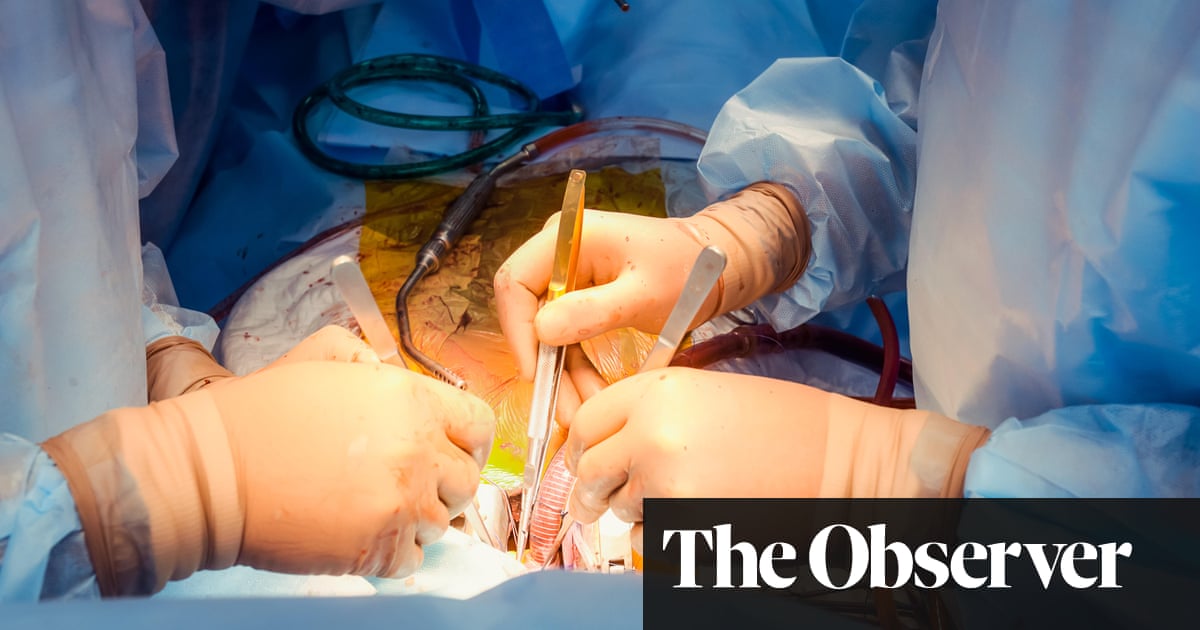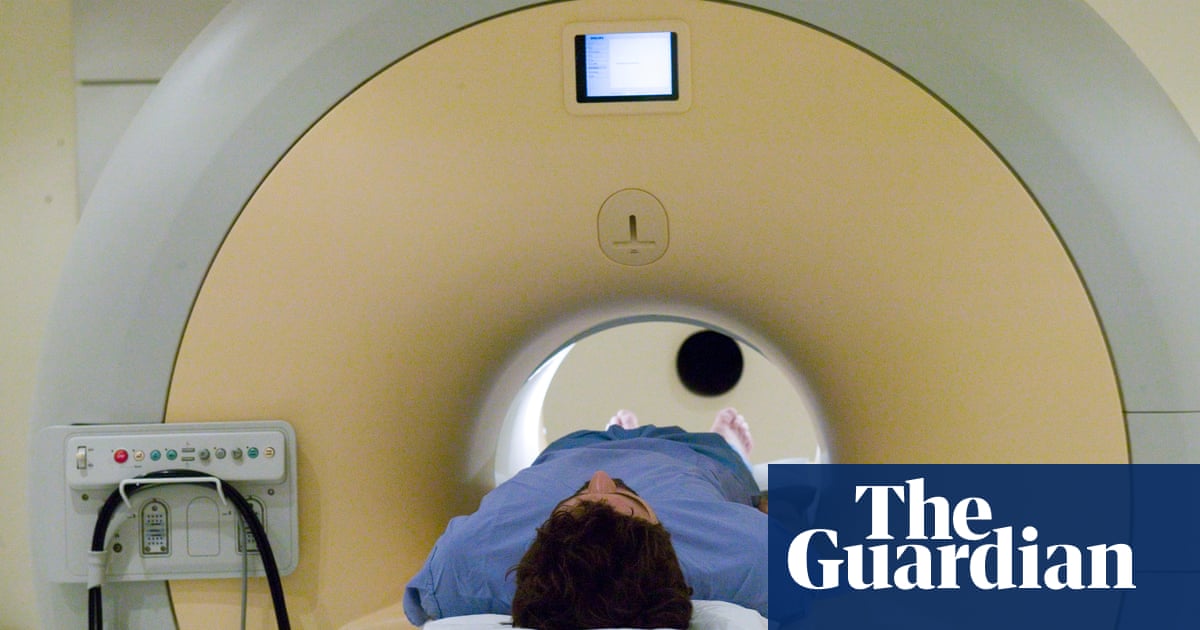
The emergence and rapid spread of the Omicron variant represents the biggest threat to the NHS since last December’s rise of the Alpha variant. The NHS only managed then by reducing much non-Covid work and by putting a brake on the rise of cases with the second lockdown in January 2021. A year later, the lack of urgency in the government response is a danger to us all.
NHS staff are exhausted. They have been working flat out for almost two years. For some of that time they had to struggle with rising numbers of seriously ill patients with Covid-19. When each wave subsided, they turned to the backlog of cases that had built up in the meantime – this enormous backlog started before the pandemic and numbers almost 6 million people. Meanwhile, Covid patients still make up about a quarter of occupied critical care beds.
The risks to the NHS come from three sides. First, Omicron has grown faster than any variant seen to date – including the original spread of Covid-19 in March 2020. The UK Health Security Agency reports that cases of Omicron have been doubling every two days in most regions of the UK. A certain percentage of newly infected people will need hospital treatment – even if Omicron causes less severe disease than Delta. Let’s say that the risk of hospitalisation with Omicron is half that of Delta, although the analysis from Imperial College London suggests this may be optimistic. With a variant that is doubling every two days that gives us only a two-day advantage. Whatever the eventual percentage of people with Omicron who will need NHS care, the absolute number seeking care will also double every two days.
Because it takes seven to 14 days from infection to needing hospital, this rapid increase in demand for NHS services will not be seen immediately – probably not until after Christmas – but it will happen. Modelling by the Scientific Pandemic Influenza Group on Modelling, Operational sub-group – which reports to the Sage committee – suggests that by the time we see this impact, four doublings may have passed. This means much higher levels of pressure on the NHS which we can’t do anything about if we wait for hospitalisations to rise before we act.
Last Thursday, Sage estimated that without reducing transmission further (over and above plan B), there will be at least 3,000 daily admissions to hospital in England (equivalent to the first wave in 2020), and it could be much worse even than last January. So the question is not whether it will be bad for the NHS, but whether it will be just dreadful or catastrophic.
The second risk comes from only focusing on the numbers of patients alone and not staff capacity. It is very likely that staff absences due to infection will also have a severe impact. Fortunately, almost all will have had boosters so they are at little risk of serious illness or death, unlike in the early days of the pandemic. But we know that those who have been boosted are being infected and must isolate. And when a neurosurgeon is isolating, their entire team may be unviable. It also exacerbates the strains placed on those who can still work.
The NHS in London is already struggling with major staff shortages due to Omicron: Guy’s and St Thomas’ trust has already had to cancel services and the London ambulance service currently has hundreds of staff off sick. The speed with which Omicron is rising makes it inevitable that we will lose many critical staff just as demand surges. The number of NHS hospital beds in England has more than halved over the past 30 years, with the UK being among the countries with the lowest ICU capacity per population across western Europe. And we already have far fewer doctors than other parts of Europe.
The third risk comes from the way we have taken the efforts of NHS staff for granted. Throughout the pandemic, NHS staff have adapted remarkably to unbelievably difficult situations. They have learned new skills. They have created new ways of working, such as remote consultations (with much maligned GPs seeing many more patients than before). They have repurposed facilities, turning conventional wards into intensive care units. They have provided support for one another when things seemed to be getting too much. But at some point they can do no more. Many staff have left and many more are burned out and cannot face the trauma of another winter desperately helping people to breathe. Many have developed long Covid with more than 3% of health and social care staff reporting persistent symptoms from Covid-19 for 28 days or more, the highest across all occupations.
After nearly two years of dealing with crisis after crisis, the NHS just does not have the resilience it had at the beginning of the pandemic. This means that pressures are now higher at lower levels of Covid-19 hospitalisations than in previous waves. As a society, we have a duty of care to the NHS, as well as care-home staff, who have looked after us through incredibly difficult circumstances. We are failing them.
We need to urgently protect our health and social-care staff with adequate personal protective equipment. We need to provide all staff with high-quality PPE (including FFP2/3 masks), so they can protect themselves and their families, and reduce in-hospital transmission which can cost lives. We need measures that can reverse the rise in cases rapidly. Vaccine boosters are crucial, but they take effect over weeks rather than days. We have lost the opportunity for less severe early action. The only thing that could work in time is a short circuit breaker to limit indoor social interaction (and return the rule of six when outside, while keeping outdoor hospitality, shops and schools open), as proposed by Independent Sage and Sage. New data on severity and spread is arriving by the day and if good news, the circuit breaker can be lifted rapidly. But we need to act now.
Christina Pagel is director of UCL’s Clinical Operational Research Unit, which applies advanced analytical methods to problems in healthcare. This article was coauthored by Deepti Gurdasani and Martin McKee












